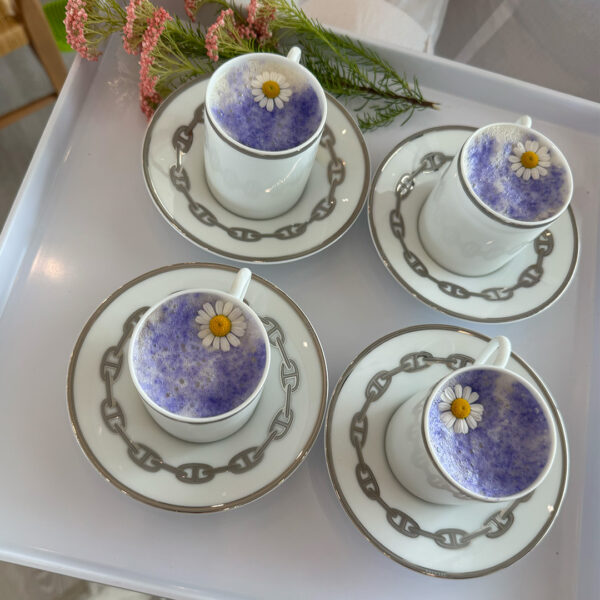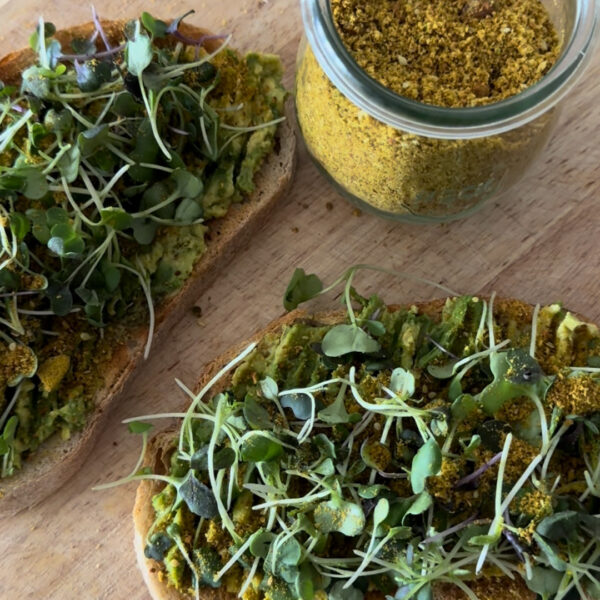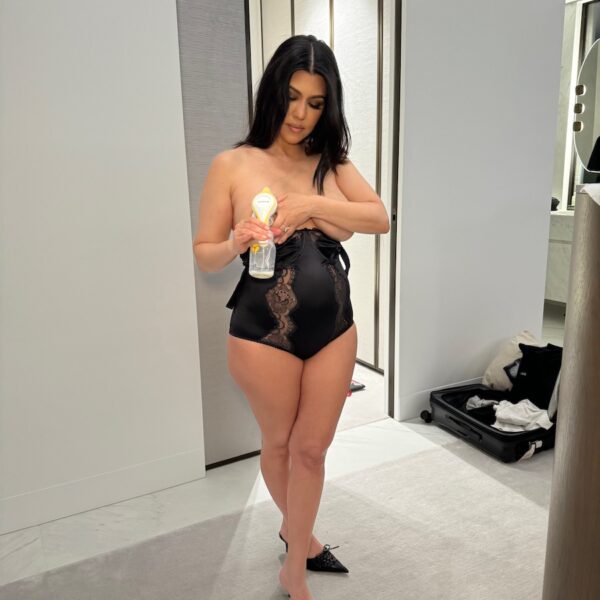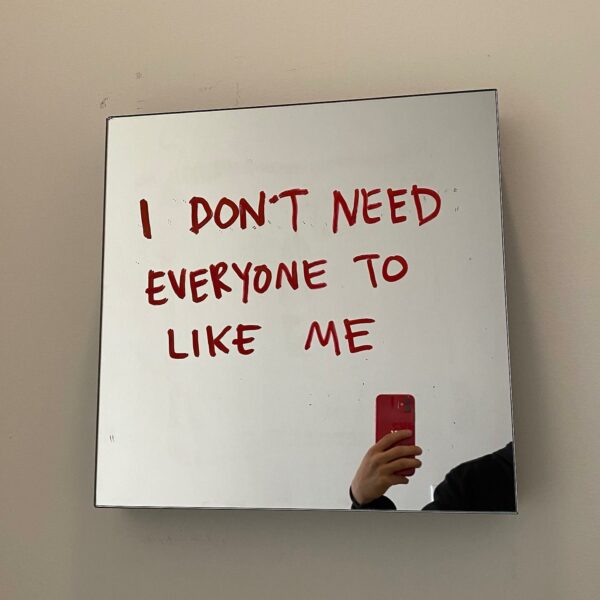“Everything worthwhile in life is won through surmounting the associated negative experience. Any attempt to escape the negative, to avoid it or quash it or silence it, only backfires. The avoidance of suffering is a form of suffering. The avoidance of struggle is a struggle. The denial of failure is a failure. Hiding what is shameful is itself a form of shame.”
– Mark Manson, The Subtle Art of Not Giving a F*ck: A Counterintuitive Approach to Living a Good Life
There is so much pressure around staying positive nowadays, particularly during difficult times of life. Many people are left feeling inadequate if they’re unable to maintain a positive attitude at all times. Toxic positivity is exactly this. It’s the idea that one should maintain a positive mindset regardless of how horrible the situation is. We have all encountered people telling us, “stay positive,” “look on the bright side,” and “positive vibes only” when something bad happens. Sometimes these statements are said to help ease the person’s pain, while other times people make these statements to avoid having to deal with others’ emotions. However, oftentimes the contrary occurs, and individuals are left feeling invalidated. The attempt toward positivity can become toxic when the individual begins to feel:
- That their genuine feelings are being dismissed
- Shamed or blamed for having negative emotions
- Guilty for feeling what they feel
- Weak that they can’t adopt a positive perspective
- Alone and isolated when others are avoiding emotional situations
- Judged for not maintaining an optimistic outlook
Mental health centers on integrating both light and darkness, good and bad, positive and negative. Without acknowledging and processing negative emotions, we ultimately suppress those feelings, which leads to psychological distress, including difficulty with sleep, appetite, substance abuse, stress, depression, and anxiety. Here are some ways to deal with toxic positivity:
- Normalize negative feelings. Not only is it normal to have negative feelings at times, but it is also the appropriate response to have.
- Avoid suppressing feelings. The more we avoid how we are genuinely feeling, the more our feelings become intensified. We should allow our feelings space to exist, process them, and allow them to move through us.
- Allow a range of emotions to exist. Feelings don’t have to be exclusive. We can feel both positive and negative emotions simultaneously. A negative feeling does not negate the other positive feelings we may also be experiencing.
- Listen and validate others’ feelings. We should try our best to be understanding and empathetic of other people’s experiences and feelings, even if this differs from our own. The best way to help someone who is struggling emotionally is to allow a safe environment for them to express their genuine feelings. Try saying things like, “I hear you,” “I am here for you,” “I completely understand how you could feel this way,” and “How can I best support you through this?”
As psychoanalyst Carl Jung once stated, “I’d rather be whole than good.” Integrating all feelings allows us greater mental health, a more accurate view of the world, and the development of a whole, solid self.
Jennifer Galvan, Ph.D., is a licensed clinical psychologist in private practice in Woodland Hills, California. Dr. Galvan has several years of training and experience in psychoanalytic psychotherapy and has been part of many podcasts and seminars around diverse topics. For more information, visit Dr. Galvan’s website at www.galvanpsychology.com or follow @dr.jennifergalvan on Instagram.
The content provided in this article is provided for information purposes only and is not a substitute for professional advice and consultation, including professional medical advice and consultation; it is provided with the understanding that Poosh, LLC (“Poosh”) is not engaged in the provision or rendering of medical advice or services. The opinions and content included in the article are the views of the author only, and Poosh does not endorse or recommend any such content or information, or any product or service mentioned in the article. You understand and agree that Poosh shall not be liable for any claim, loss, or damage arising out of the use of, or reliance upon any content or information in the article.
Up next, shop the newest items from the Poosh Shop here.






































